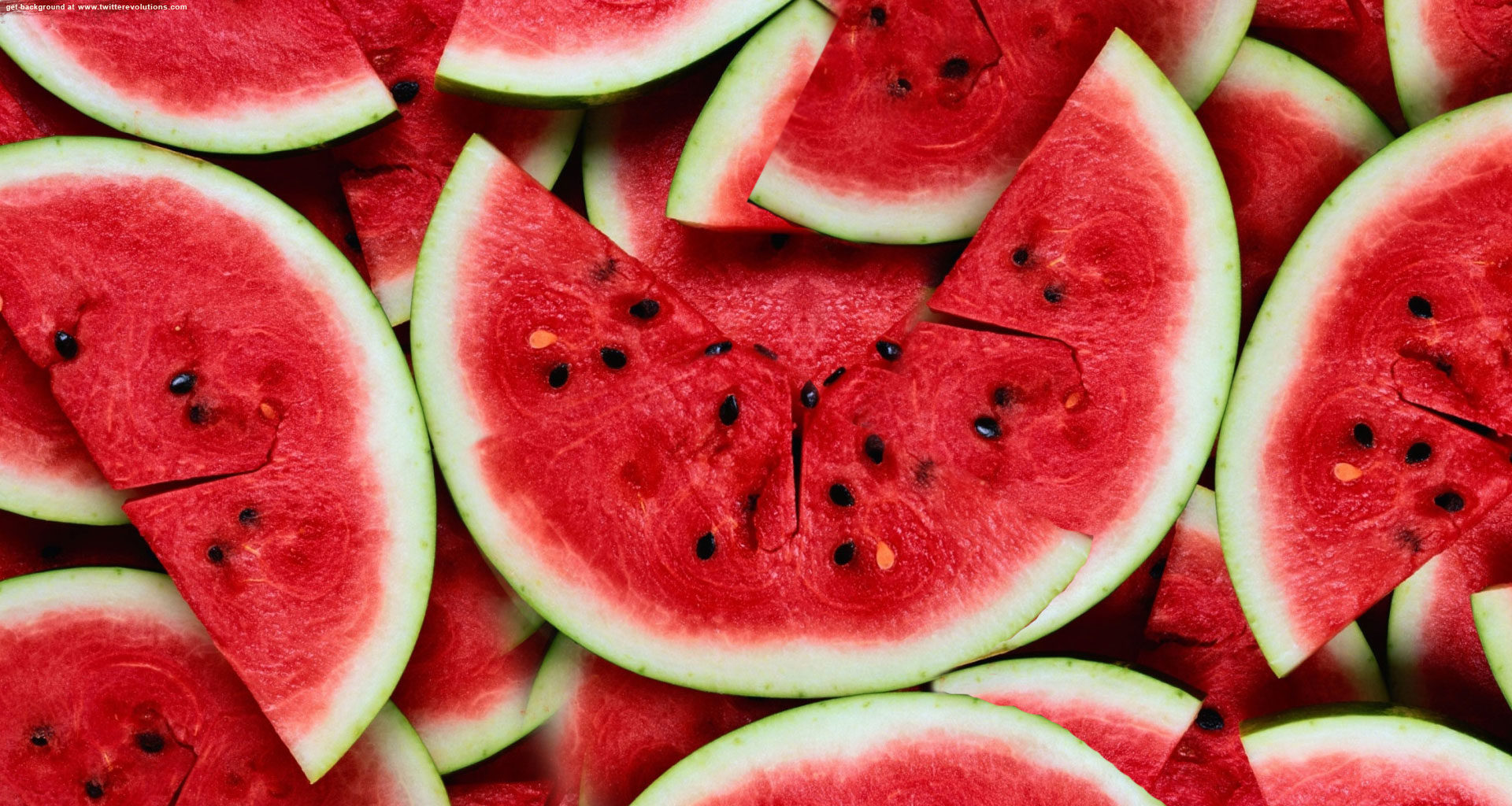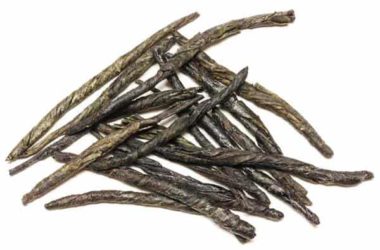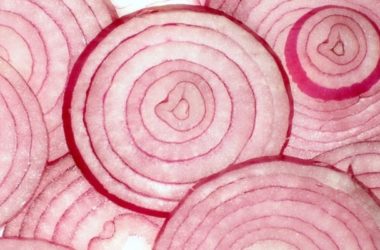What a great way to freshen up is with this vibrant red watermelon dripping with juice just makes one of the many pleasures of summer, but it can also be beneficial for your health and appearance. Watermelon fruits grow on vines and are in season during the summer, but can be purchased year round at supermarkets and farmers markets.
Can we convince you more with all the advantages and health facts we gathered today? Learn and enlighten yourself.
| Nutrition FactsServing size: 2 cups diced (10 oz / 280 g)Calories 80 Calories from Fat 0*Percent Daily Values (%DV) are based on a 2,000 calorie diet. |
Amt per Serving | %DV* | Amt per Serving | %DV* | ||
| Total Fat 0g | 0% | Total Carbohydrate 21g | 7% | |||
| Cholesterol 0mg | 0% | Dietary Fiber 1g | 4% | |||
| Sodium 0mg | 0% | Sugars 20g | ||||
| Potassium 270mg | 8% | Protein 1g | ||||
| Vitamin A | 30% | Calcium | 2% | |||
| Vitamin C | 25% | Iron | 4% |
1. Heart health
According to a Purdue University study, watermelon has a very significant high levels of lycopene that are very effective at protecting cells from damage and may help lower the risk of heart disease. Additionally, the fruit’s concentrations of citrulline and arginine are very good for your heart as arginine can help improve blood flow and may help reduce the accumulation of excess fat too. Watermelon extracts helped reduce hypertension and lower blood pressure in obese adults according to a study published in the American Journal of Hypertension .
2. Hydration
Watermelons are the perfect example of a food that can help you stay hydrated because of their water content, and their juice is full of good electrolytes thus can help prevent heat stroke.
3. Skin and hair benefits
A cup of watermelon contains nearly one-quarter of your daily recommended intake of Vitamin A – helps keep skin and hair moisturized, and it also encourages healthy growth of new collagen and elastin cells, according to the Cleveland Clinic. Vitamin C is also beneficial in this regard, as it promotes healthy collagen growth.
4. Cancer prevention
Through the antioxidant content, like other fruits and vegetables, watermelons are also helpful in reducing the risk of cancer. According to the National Cancer Institute, lycopene in particular has been linked to reducing prostate cancer cell proliferation.
5. Anti-inflammatory
The lycopene in watermelon makes it an anti-inflammatory fruit. Lycopene is an inhibitor for various inflammatory processes and also acts as an antioxidant to neutralize free radicals. Also, according to 2006 article published in Shock medical journal, the watermelon contains choline, which helps keep chronic inflammation down. Reducing inflammation isn’t just good for people suffering from arthritis. When you’re sick, you have cellular damage, which can be caused by a variety of factors including stress, disease, smoking, pollution, and your body becomes inflamed, it’s called systemic inflammation. In this way, anti-inflammatory foods can help with overall immunity and general health.
6. Digestion
The watermelon contains fiber, which encourages a healthy digestive tract and helps keep you regular.
7. Muscle soreness
According to a 2013 study published in the Journal of Agricultural and Food Chemistry, athletes who loves watermelons are in luck: drinking watermelon juice before an intense workout helps reduce next-day muscle soreness and heart rate. This can be attributed to watermelon’s amino acids citrulline and arginine, which help improve circulation.
Watermelon health facts
– The watermelon (Citrullus lanatus) is related to cucumbers, pumpkins and squash.
– The watermelon probably originated in the Kalahari Desert in Africa.
– Egyptians placed watermelons in the burial tombs of kings to nourish them in the afterlife. The first recorded watermelon harvest is depicted in Egyptian hieroglyphics from about 5,000 years ago.
– Merchants spread the use of watermelons along the Mediterranean Sea. By the 10th century, watermelons had found their way to China, which is now the world’s top producer of watermelons.
– The Moors in the 13th century brought watermelons to Europe.
– The watermelon likely made its way to the United States with African slaves.
– Early explorers used watermelons as canteens.
-The first cookbook published in the United States in 1776 contained a recipe for watermelon rind pickles.
– About 200 to 300 varieties are grown in the United States and Mexico, but only about 50 varieties are very popular.
– By weight, watermelon is the most consumed melon in the United States, followed by cantaloupe and honeydew.
– The watermelon is the official state vegetable of Oklahoma.
– All parts of a watermelon can be eaten, even the rind.
– Guinness World Records says the world’s heaviest watermelon was grown by Lloyd Bright of Arkadelphia, Arkansas, in 2005. It weighed 268.8 lbs. (121.93 kg).
– The United States ranks fifth in the worldwide production of watermelons. Forty-four states grow watermelons, with Florida, Texas, California, Georgia and Arizona leading the country in production.
– A seedless watermelon is a sterile hybrid, which is created by crossing male pollen for a watermelon, containing 22 chromosomes per cell, with a female watermelon flower with 44 chromosomes per cell. When this seeded fruit matures, the small, white seed coats inside contain 33 chromosomes, rendering it sterile and incapable of producing seeds.












